In Canton, Georgia, Mike Snyder from Top Gun Drone Services, uses advanced drones to locate missing pets, successfully reuniting many with their owners over the past 15 months. However, his service has faced dangerous encounters, with his drones shot at twice during searches, highlighting the risks of operating in rural areas, according to the Athens Banner-Herald.
Thermal Drones: A Game-Changer for Pet Recovery
Snyder employs commercial-grade thermal drones, equipped with heat-sensing cameras, to detect warm-blooded animals from 250 to 300 feet in the air.
“I fly my drones at a safe and respectful distance… looking for heat signatures,” Snyder explained.
Once a pet is spotted, he switches to a zoom camera, drops a digital pin on Google Maps, and guides owners to the exact location via speakerphone. This technology, costing $20,000 per drone due to recent tariffs (up from $13,000), has proven effective. Snyder’s attention to detail, honed during his U.S. Navy service inspecting fighter jet electronics, ensures precision in these missions.
Dangerous Encounters in the Field
Despite his successes, Snyder’s work isn’t without peril. On June 15, 2025, while searching for a dog named Ruby in Jackson County, gunfire erupted as his drone flew over private property.
“As soon as I spotted Ruby, somebody started shooting at my drone,” Snyder recounted.
The shooter admitted to firing, annoyed by the drone’s presence, but claimed he targeted a sand pile, not the drone, per the incident report. No charges were filed.
A similar incident occurred on New Year’s Day in Murphy, North Carolina, when birdshot rained down, striking Snyder and his car.
“There were two shotgun blasts,” he said, underscoring the physical risks to both himself and his equipment.
Industry Trends and Regulatory Challenges
Snyder’s service reflects a growing niche in the Drone Industry, where thermal imaging is increasingly used for specialized tasks beyond military or commercial applications. His business, which also includes inspecting commercial roofs and defense contract parts, showcases drones’ versatility.
However, these incidents raise concerns about regulatory gaps. While Snyder operates legally, public misconceptions about drones—often viewed as intrusive—can escalate tensions.
“Drones are here whether we like it or not,” Snyder noted, advising those concerned about privacy to contact law enforcement.
He mitigates risks by clearly marking his vehicle and workspace to indicate his pet-recovery mission.
Operational and Economic Implications
For drone pilots, Snyder’s experience highlights the need for robust safety protocols and public Education. The high cost of thermal drones, exacerbated by tariffs, poses economic challenges for small operators, potentially limiting access to such services.
For pet owners, Snyder’s emergency response—offering three hours of search time—fills a critical gap, providing hope in distressing situations.
“I love animals and I love helping people with a meaningful problem to solve,” he said.
As awareness grows, demand for his service is increasing, suggesting a viable market for drone-assisted pet recovery.
Looking Ahead
Snyder’s persistence despite gunfire risks underscores the potential of drones in solving real-world problems. Yet, the industry must address safety and public perception to ensure operators like Snyder can work without fear. For now, his mission continues, driven by a passion for animals and a commitment to reuniting them with their families.
You can read more stories about Drones for Good here on DroneXL.
Photos courtesy of Mike Snyder
Discover more from DroneXL.co
Subscribe to get the latest posts sent to your email.
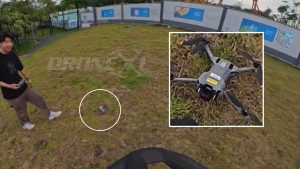

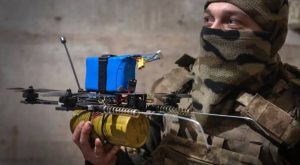
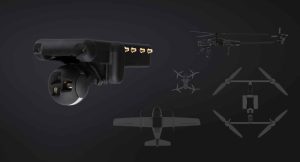
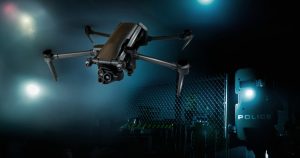
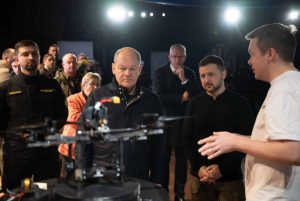



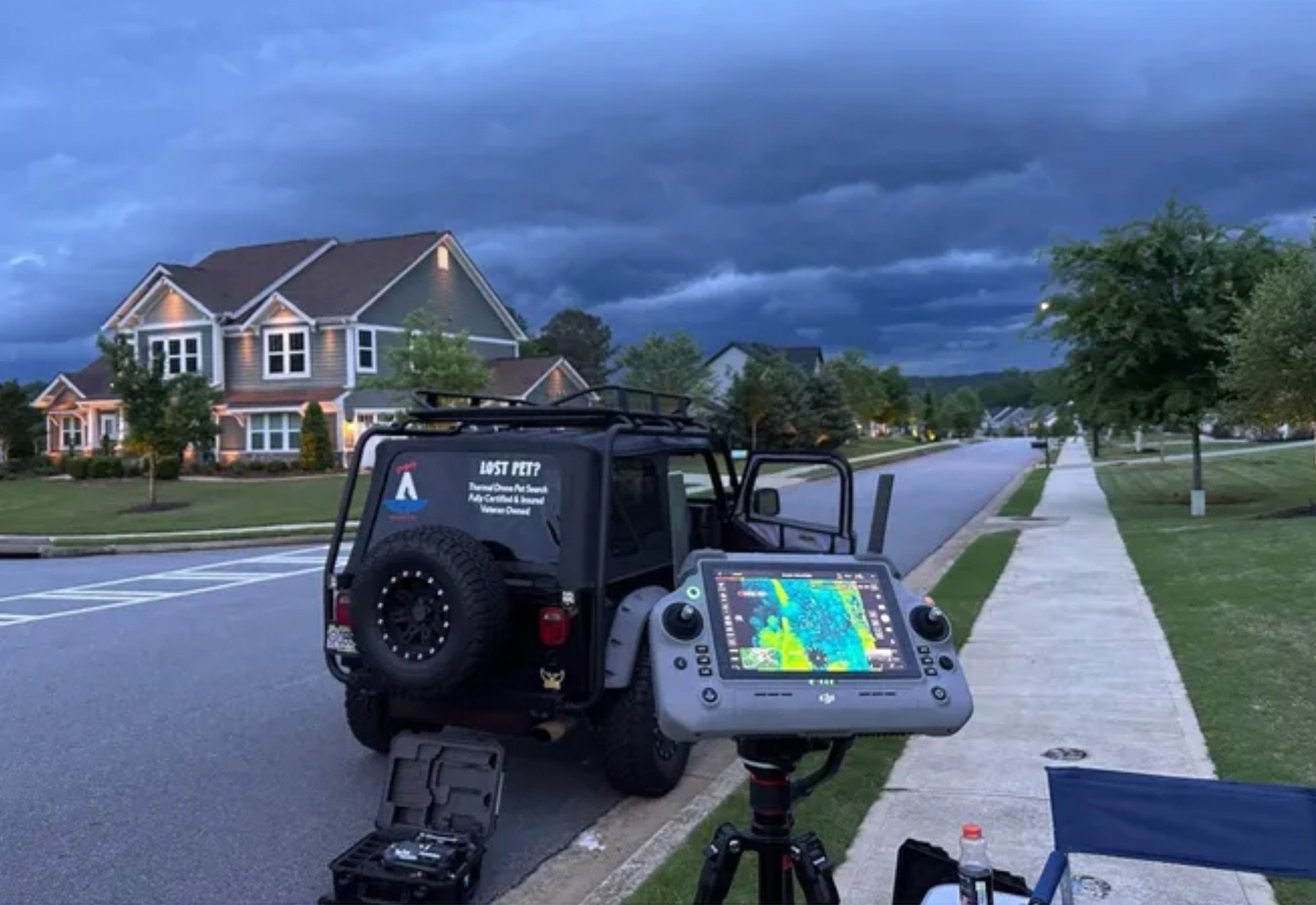
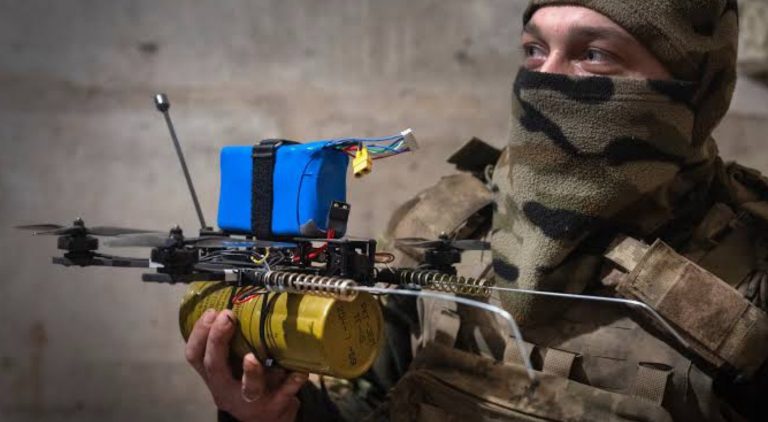
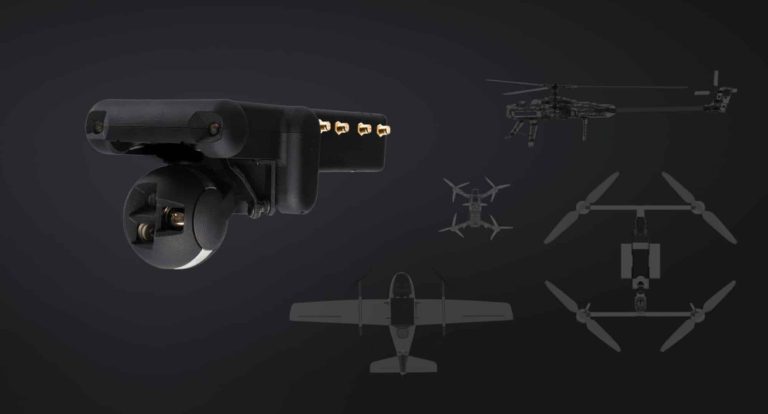
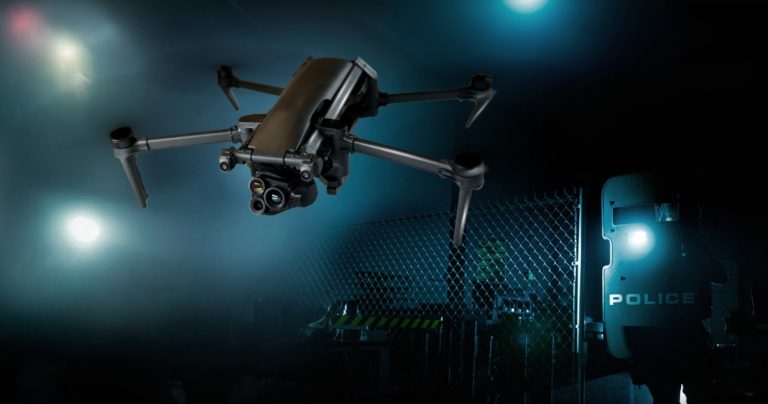
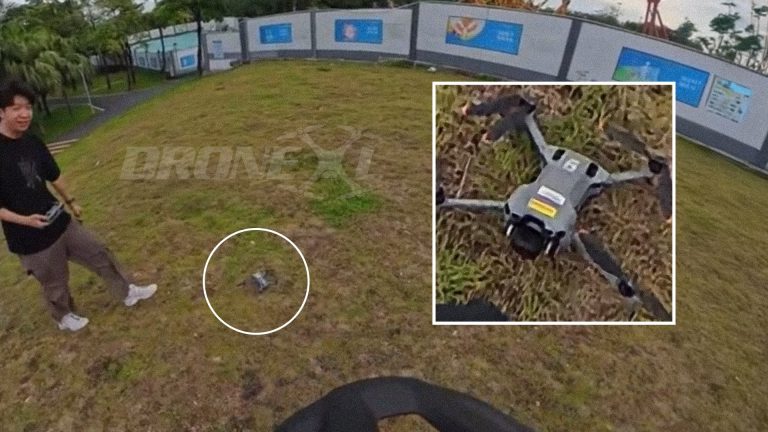
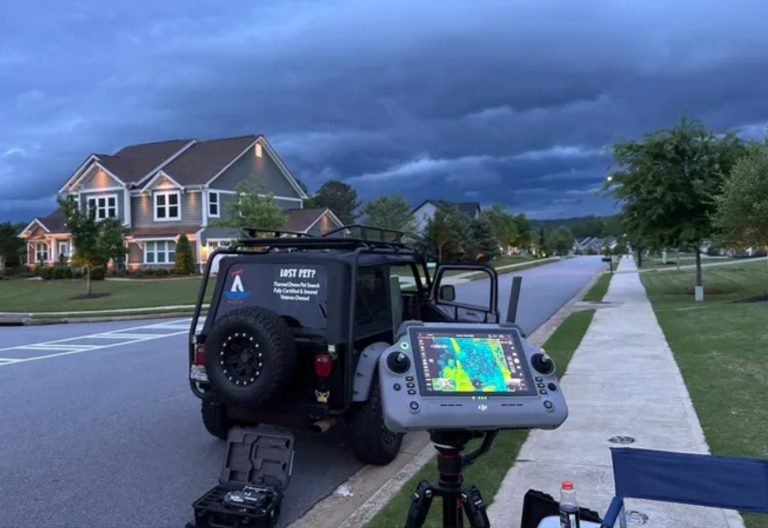
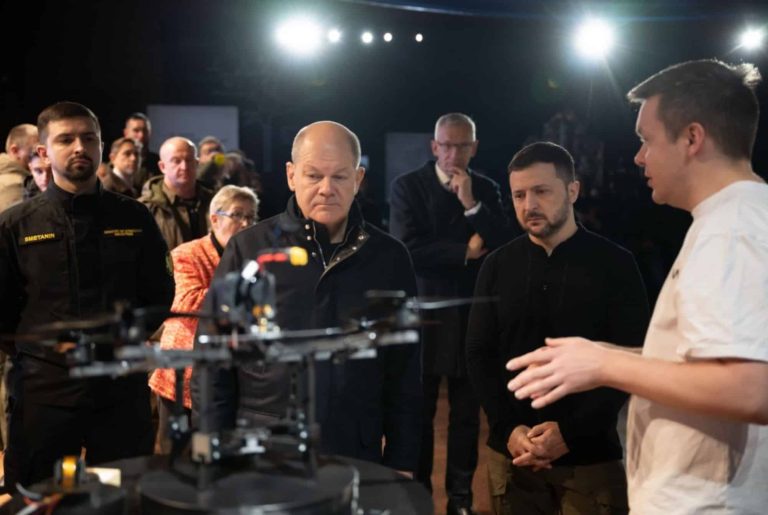
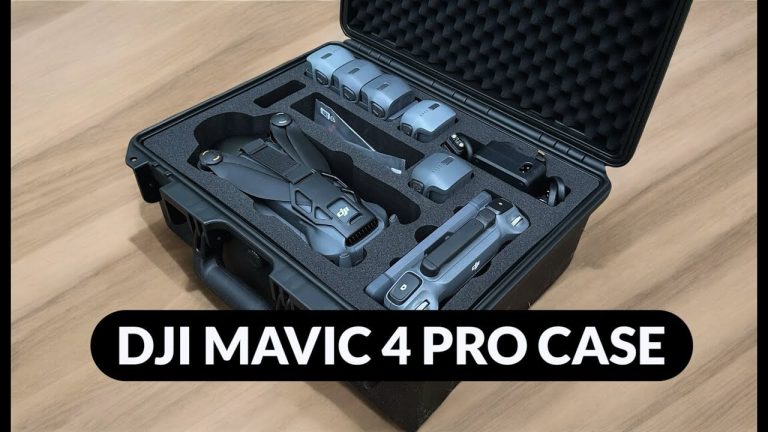
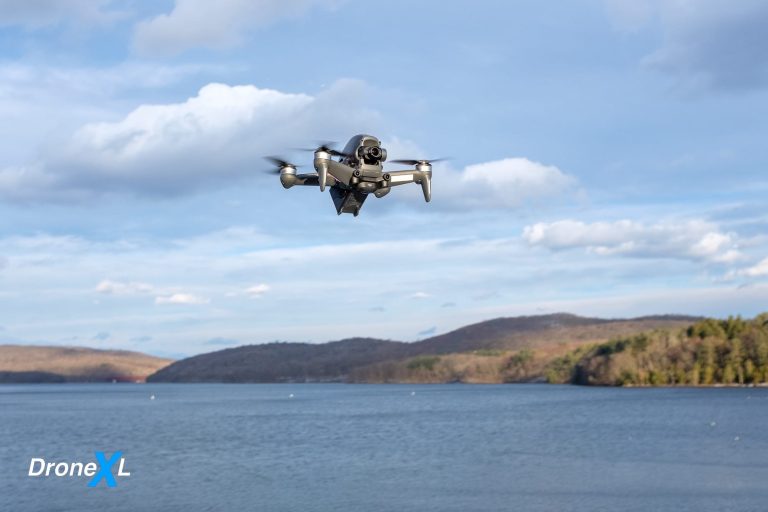
+ There are no comments
Add yours